
Land and the City: Patterns and Processes of Urban Change (Geography and Environment Series) (PDF/EPUB Version)
$18.99
Description
First Published in 2004. Presents a broad analysis of land use patterns and processes in urban areas. Land has the greatest significance for the spatial patterning and functioning of modern urban settlements and societies – providing the basic morphological elements of the city, it is a source of social and economic power, is intimately bound up with environmental issues and lies at the heart of planning. This book examines the way in which land is allocated and used in both theoretical and practical senses. The author examines the empirical data to reveal the sources and nature of land, how land is used and how those uses are changing in the contemporary city. Particular attention is paid to the misuse of land through vacancy or dereliction. He also explores the importance of land ownership and the principles of land policy using case studies. Finally, he assesses the land use implications of major urban change – deindustrialization, counter-urbanization and new technology. For the first time the overall significance of land use and ownership are examined in an urban geographical and planning context.
eBook features:
- Highlight, take notes, and search in the book
- In this edition, page numbers are just like the physical edition

_kubtaqd3kk.jpg)
_yvgy7qoub2.jpg)
_qqecxxdh6d.jpg)
_apbybapubl.jpg)
_49rrtvo1l0.jpg)
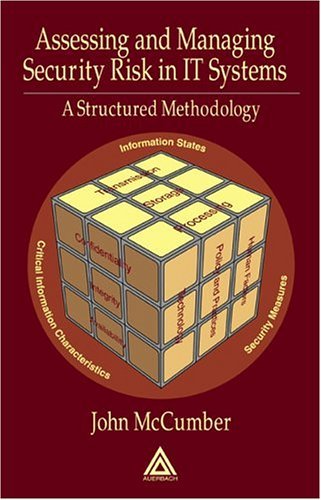
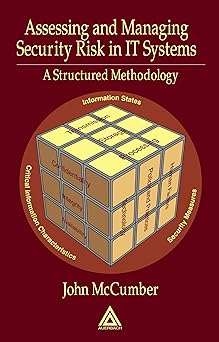
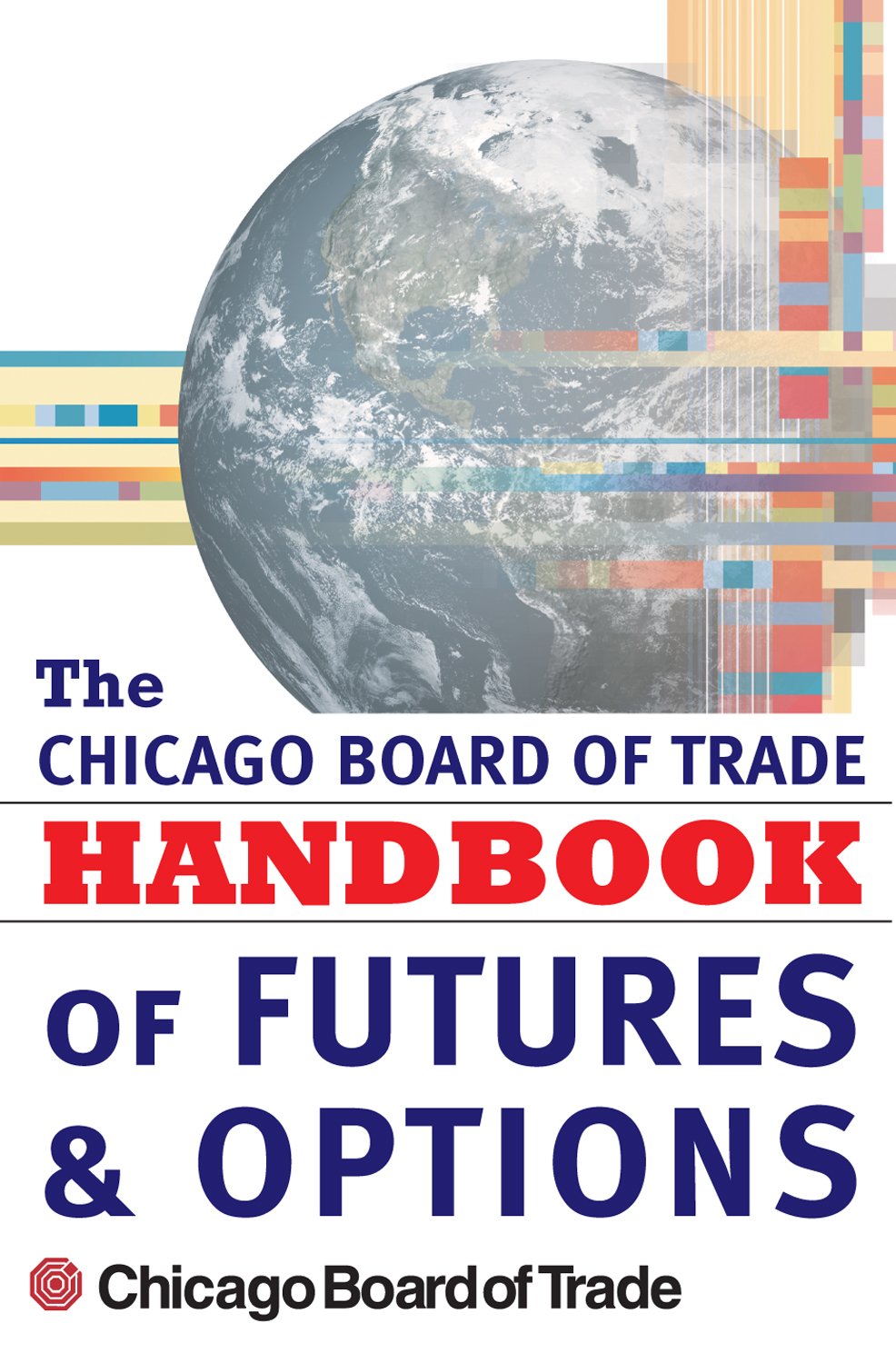
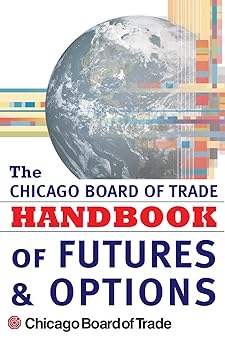
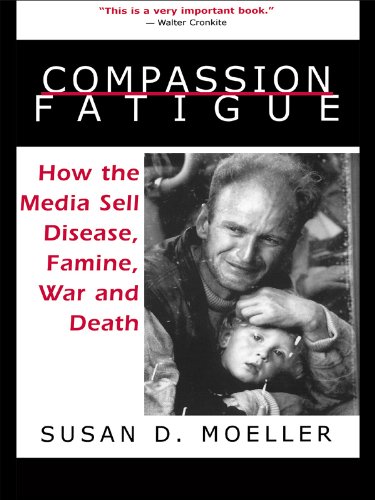
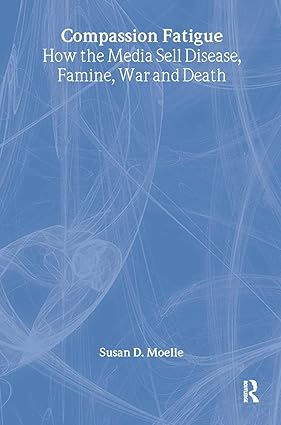
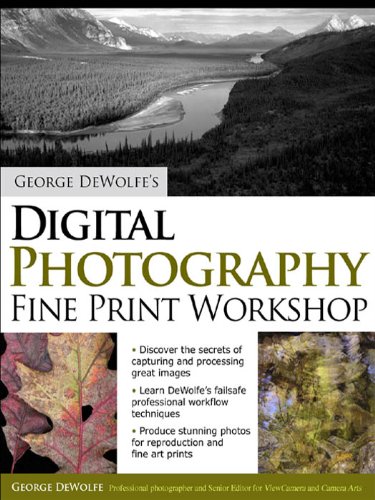
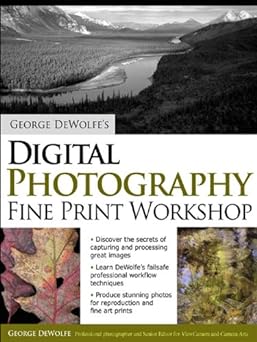
_hbpbqeiots.jpg)
_idmgqlrt91.jpg)
_(certification_press)_pfpwp1gw32.jpg)
_(certification_press)_p7lctr3fbt.jpg)
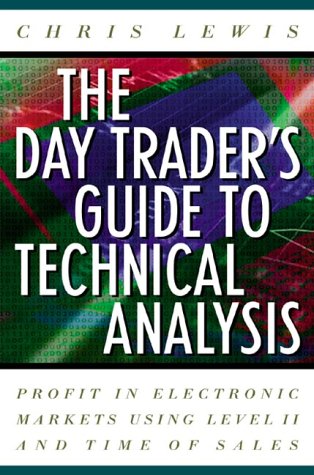
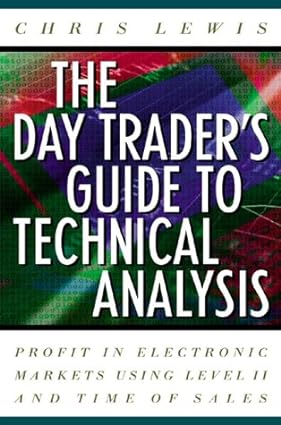
_ks1bb9fllq.jpg)
_md1sivs3ar.jpg)